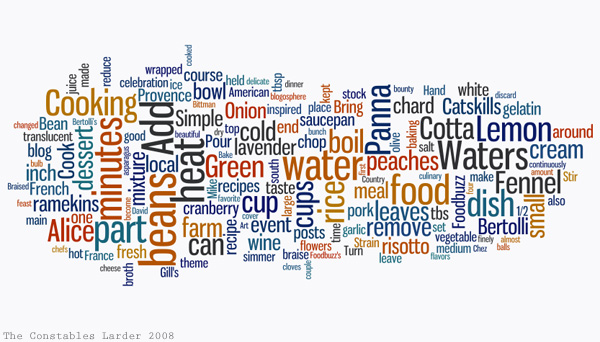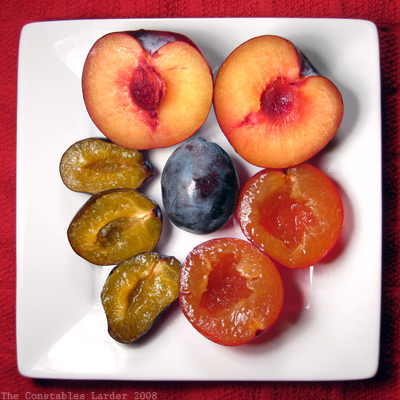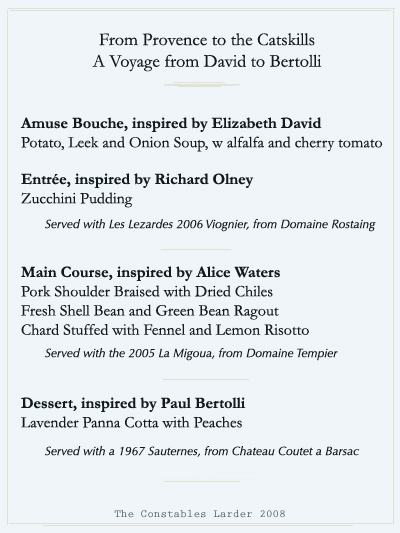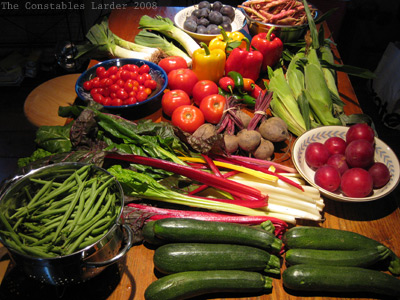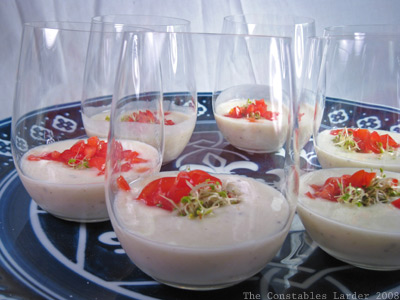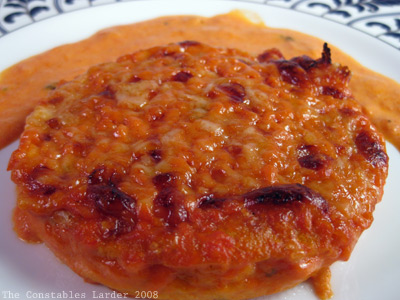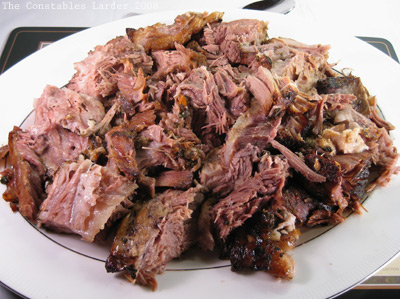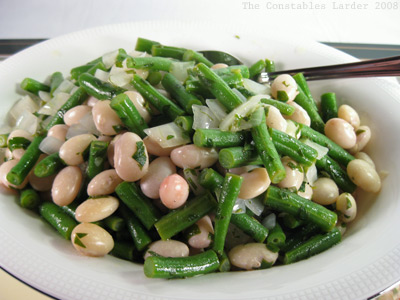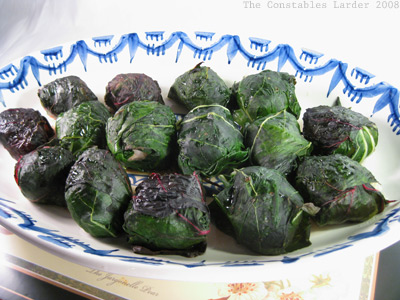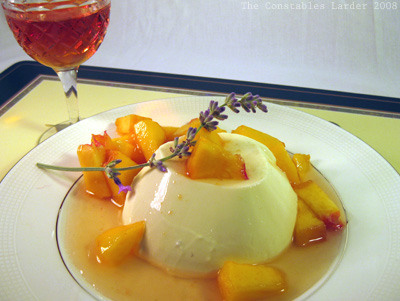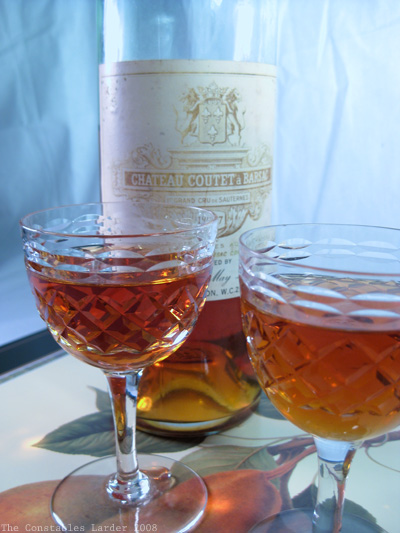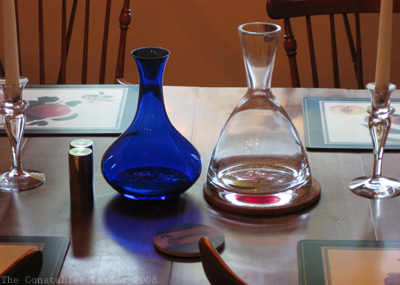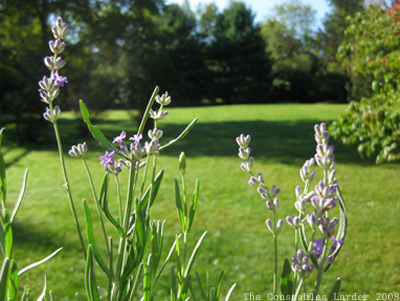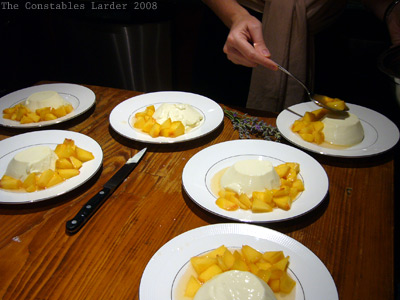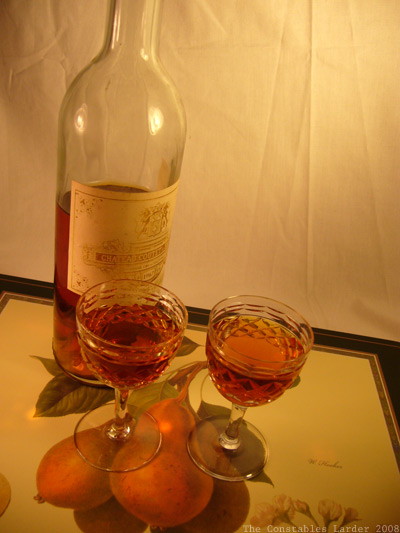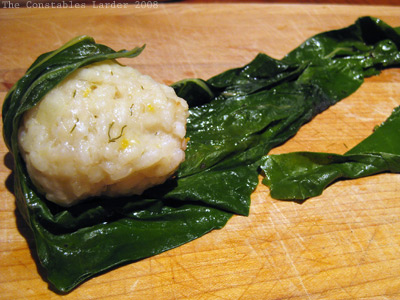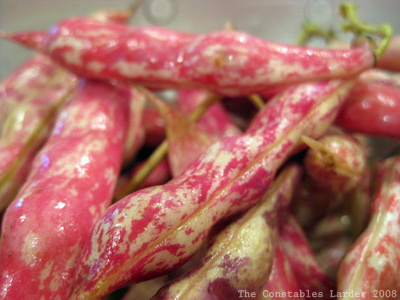
Work travel makes food blogging pretty impossible. However, when I got back yesterday, I found that our copy of the Rancho Gordo cookbook had arrived from Amazon.com. I've been cooking a lot of legumes (i.e. beans) this year, but that's a fairly new thing for me. I've always ordered bean dishes at restaurants, finding such things as cassoulet or "white bean crostini" to be irresistible words on a menu, but for the longest time felt uncomfortable making them myself.
When it comes to legumes, too many cookbooks stop short, writing things like: "serve on a bed of cooked lentils". Well, what kind of lentils? cooked for how long? on what heat? soaked? no soak? soaked with what? soak with hot or cold liquid? do you keep soaking liquid? etc ... you get the point.
It's like there was this body of assumed knowledge that I somehow never acquired. I felt amiss because I didn't know the fundamentals and I dislike blindly following a recipe.
This all changed when I received a copy of Mark Bittman's How to Cook Everything earlier this year. All it took was a few coherent paragraphs and the veil was lifted. I've been having fun cooking with dried beans since. I certainly don't feel the archaic stigma that beans were "the poor man's meat", and I have to question if that stigma even exists anymore with any generation that came after the Baby Boomers. I will also note that the whole "gas" issue does indeed go away if you eat them on a slightly more regular basis -- something confirmed by vegetarian friends.
Looping back to tonight, I finally had a chance to look through the Rancho Gordo cookbook (for those who don't know, Rancho Gordo is a neat Californian business that grows and sells heirloom beans). First reaction: unlike my instant love affair with A Platter of Figs, I must say that I'm a little unsure of the Gordo book. For starters, there aren't nearly enough photos, which I'm sure had to do with their publishing budget constraints but it is what it is. An honest photo can tell you a lot about a dish and how it was cooked.
I have to familiarize myself with more of the recipes before I can pass verdict, but I did try the Chili Con Carne recipe tonight and came away puzzled by the cookbook's approach. I tried to follow the recipe pretty faithfully save for using fresh chiles rather than chile powder (the book stresses using pure chile powder rather than chili powder, which is a mix... but I couldn't easily find pure chile powder). The result -- a too-thin soup that was edible but not worth making again.
I'm willing to entertain the notion that I completely messed up, but suspect that more likely the authors and I just have different ideas on what a good chile is. All this said, I remain optimistic that the cookbook will give me good ideas to work from, and I certainly continue to be a customer of Gordo beans.
But, for tonight, my picture of cumin seeds was more interesting than the dish itself...


